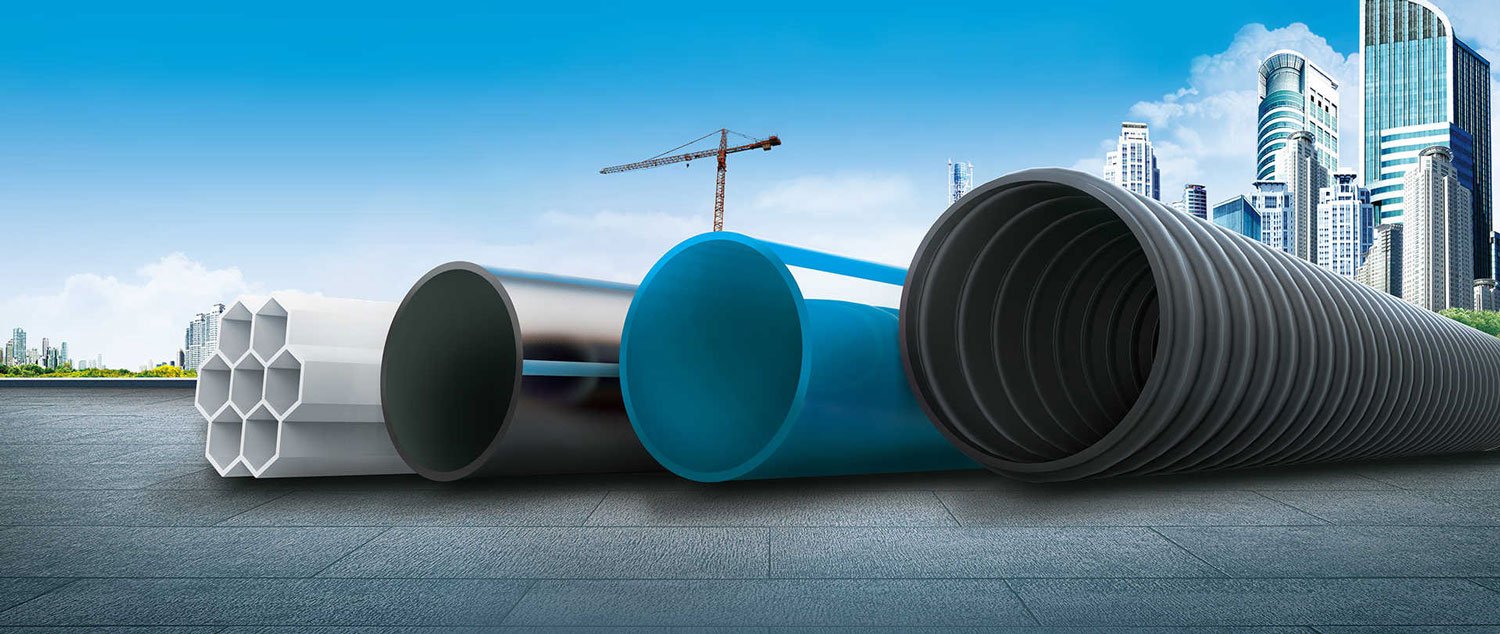10 Types of Drainage Pipes Based on Material and Style
RH Business Marketing Solutions
Pipes have many uses, particularly in plumbing and sewage systems. Some transport potable water in and around a building, while others serve as channels to get rid of liquid waste. Those that transport the latter are called “drainage pipes.”
Besides handling the disposal of dirty fluids, drainage pipes also help prevent basement flooding, soil erosion, and damage to structures. They also prevent the occurrence of swamp-like conditions in and around a property by directing fluids to their proper destinations.
In this article, you’ll learn all about the 10 types of drainage pipes according to the materials used to make them and how they look.
Types of Drainage Pipes Based on Materials
All pipes – whether used for drainage or other purposes – are primarily categorized according to the type of materials they are made from. Plastics, metals, and even concrete offer varying levels of durability and versatility, making each a good choice for specific applications.
1. Polyethylene
A by-product of the polymerization process of ethylene is used to make polyethylene pipes. Contractors usually use this type of plastic pipe in residential and commercial projects.
Polyethylene pipes also serve often as eco-friendly solutions to plumbing and drainage, thanks to their minimal impact on the environment.
Considered the most flexible plastic pipes, these pipes are also easy to install. They also fit well in applications involving small spaces, even those that are more difficult to access because of tight turns.
2. PVC
One of the most commonly used pipes today, polyvinyl chloride or PVC pipes are made from a vinyl and plastic mixture. These pipes hold up well under heavy weight, intense pressure, and exposure to some chemicals.
Because of the material’s malleability, PVC pipe products come in a wide range of sizes. This makes them ideal for almost any application, drainage-related or otherwise.
3. Concrete
The frequent choice for those who want inexpensive yet heavy-duty piping, concrete pipes serve as the best solution to drainage situations that require sound and steady liquid transport.
Concrete pipes also enhance other forms of drainage elements, serving as protective outer shells to boost the durability of less sturdy piping materials.
You can find this type of pipe in industrial applications, either open or closed. Contractors opt for open concrete pipes in applications where they need to be cleaned regularly to prevent blockage, like with gutter systems.
4. Galvanized
Some plumbers and contractors also use galvanized pipes for drainage. This type of metal pipe is dipped in molten zinc to enhance its durability and rust resistance.
However, you may find galvanized pipes to be pricier than plastic or concrete pipes. After all, the complexity of their manufacturing process raises the cost of making them. This explains why most residential and commercial structures opt for something far more affordable but equally durable, like PVC.
5. Cast Iron
Cast iron pipes are not very popular in drainage or other residential applications because they aren’t resistant to rust. However, they look stylish and classic, which tends to add aesthetic value to a property if they are placed somewhere visible.
6. Copper Pipes
Copper pipes are exceptionally durable and have high levels of heat resistance. However, contractors do not use them often for drainage purposes not only because of their high price but also because they cannot withstand acidic water.
Drainage Pipe Styles
Besides the material used, drainage pipes also come in several styles, each with unique advantages and specific applications. Read on to learn more about them.
7. Corrugated Single Wall
Made from different materials based on the specific application, corrugated pipes offer highly flexible solutions for drainage. Contractors commonly use them in outdoor drainage systems because they come with lower prices and are easy to install.
However, they have one drawback: clogging. Because of their ridges and grooves, pipes like these need much steeper angles to drain properly than smooth pipes.
Best for: Highway underdrains, storm sewers, drainage outlets, roadway culverts
8. Smooth Wall
Typically used for single-direction water transport, smooth-wall pipes have smooth interior surfaces that support the seamless flow of liquids. Unlike corrugated pipes, they don’t clog easily.
But because of their lack of grooves and ridges, pipes like this have a more rigid build than corrugated and other winding-style pipes. For this reason, contractors use other piping accessories when installing smooth-wall pipes.
Best for: Interior structure drainage
9. Corrugated Dual Wall
Looking for a compromise between the smooth-wall and single-wall corrugated pipes? Corrugated dual-wall pipes are just what you need.
Though not as easy to install as their single-wall counterparts, this type of pipe has a smooth interior that reduces the risk of clogging. They do come with a higher price tag since they offer the combined advantages of smooth-wall and single-wall corrugated pipes.
Best for: Highway under-drains, storm sewers, drainage outlets, roadway culverts
10. Perforated
Perforated PVC pipes have holes in them that make them perfect subsurface and surface drainage systems. The perforations allow subsurface drainage in most waterproofing applications.
In other words, the holes help redirect water from the surface to the drainage system, thereby preventing standing water from seeping into the structure that may lead to moisture damage.
Wondering about the difference between corrugated perforated pipes? Some perforated pipes are also corrugated, though not all corrugated pipes are perforated.
Best for: Swimming pools, landscaping, irrigation
Find the Right Pipe for Your Drainage Project
Selecting a type of pipe for the drainage system requires knowledge of all the available options.
From material to style, make sure you understand the characteristics of the pipe you choose to make a wise decision.
Even if you do make a decision, consulting a professional would ensure that you have made the right choice. Experts can give you valuable insights that can lower your cost and increase efficiency. For instance, if you want to go for PVC pipes, it would be best to consult a plastic pipe, fitting, and valve distributor.
Every drainage system is unique, and the requirements can vary depending on factors such as flow rate, soil conditions, building codes, and project specifications. A distributor can assess your specific needs and provide tailored recommendations, ensuring that you choose the right PVC drainage pipe for your application.















